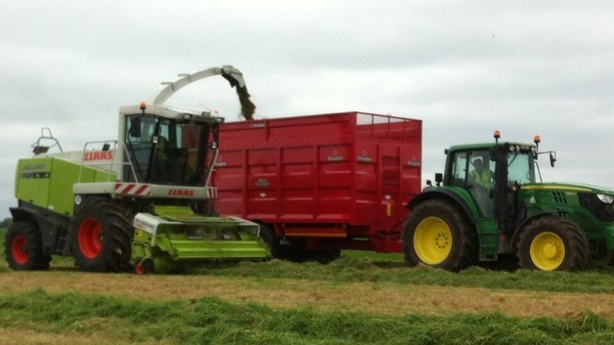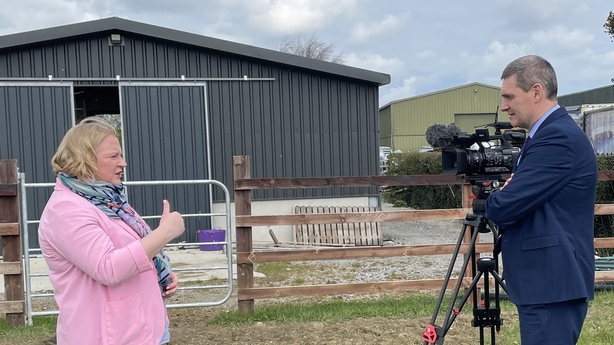Pig farmers are set to benefit from a new aid package brought to Cabinet by Minister for Agriculture Charlie McConalogue.
The package, worth €13 million, will give pig farmers up to €70,000 but access to the new fund is conditional on farmers reducing production by 10%.
A further €3 million is being made available to help horticulture and field vegetable growers with their soaring costs.
It comes as Teagasc published a report showing input costs for farmers are eroding higher prices for produce, leading to an income decline in most sectors.
Pig farmers have been appealing for help for their sector for some time as production costs far exceeded pig meat prices and left farmers losing large amounts of money.
Feed costs on farms amount to 76% of production costs and feed prices have soared since the Russian invasion of Ukraine.
Farmers are losing more than €40 per pig.
The package from Minister McConalogue brings the total Government support to the sector to €20 million this year, as a €7 million package had already been announced in February.

However, pig farmers had been seeking a €100 million intervention from the State, half of which they proposed to repay over 14 years.
Reacting to news of the €13 million fund, the IFA expressed concern that there may be conditions on reducing the size of pig farms attached.
"While any funding is welcome, I am concerned that it will not be enough to stop departures from the sector. We are in real danger of losing a whole sector," IFA president Tim Cullinan said.
Teagasc publishes revised forecasts for farming sector
Separately, each December Teagasc publishes a farming outlook report for the following year, but as Russia's invasion of Ukraine on 24 February upended forecasts made four months ago, the farm research and advisory service issued a revised report today.
"Back in December we were forecasting increases in main input items of feed fuel and fertiliser, but since the invasion of Ukraine the widespread increases in input costs have been unprecedented," according to Dr Fiona Thorne, one of Teagasc's economists who worked on the report.
While most sectors are seeing increases in prices as demand for beef, sheep and cereal improves, those increases are being eaten up by increased feed, fertiliser and energy costs, the net results of which are income losses.

The dairy sector is the exception, with the report finding that on many farms, input expenditure will be largely offset by higher milk prices.
Prices for pig meat have begun to increase slightly too, but remain far below production costs and and the report forecasts losses of €436,000 on an average pig farm by year end.
"The greatest challenge is for the pig sector with very significant declines in income forecast and already seen in 2022," said Dr Thorne.
"The average pig farmer in the country has lost over €160,000 already this year," she said.







